Nammex’s ErgoGold™ is a 1:1 Extract of the Golden Oyster Mushroom with consistent and verified levels of Ergothioneine in the matrix of a whole mushroom. As such, it is a food derived antioxidant compound that can be used to supplement herbal formulas or sold as a stand alone product.
Beta (1-3),(1-6)-Glucans
Greater than 15%
Ergothioniene
Greater than 0.4%
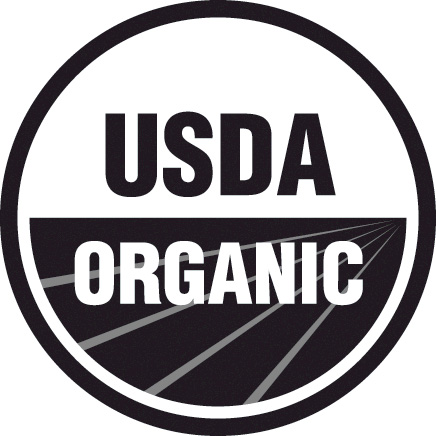

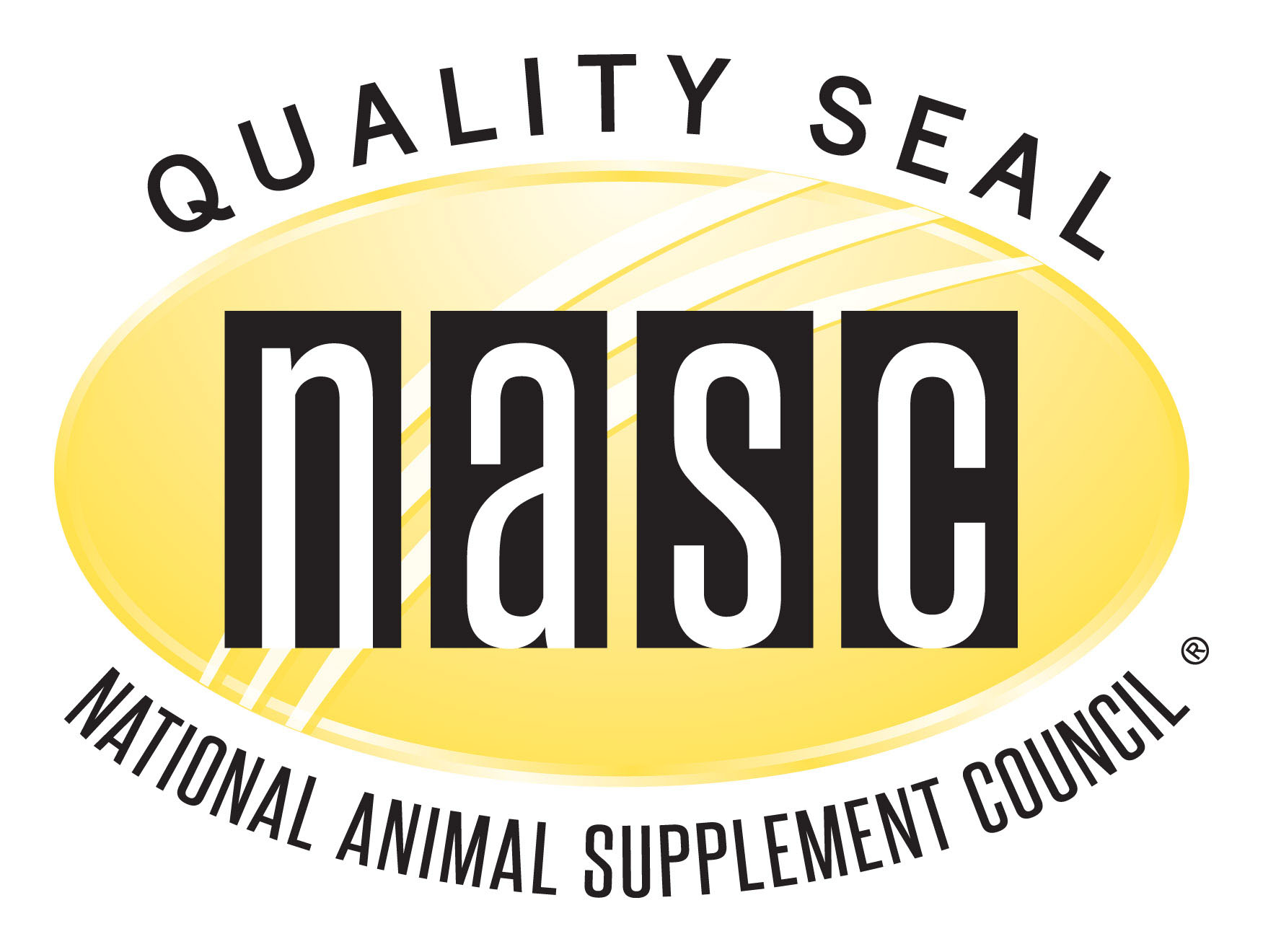
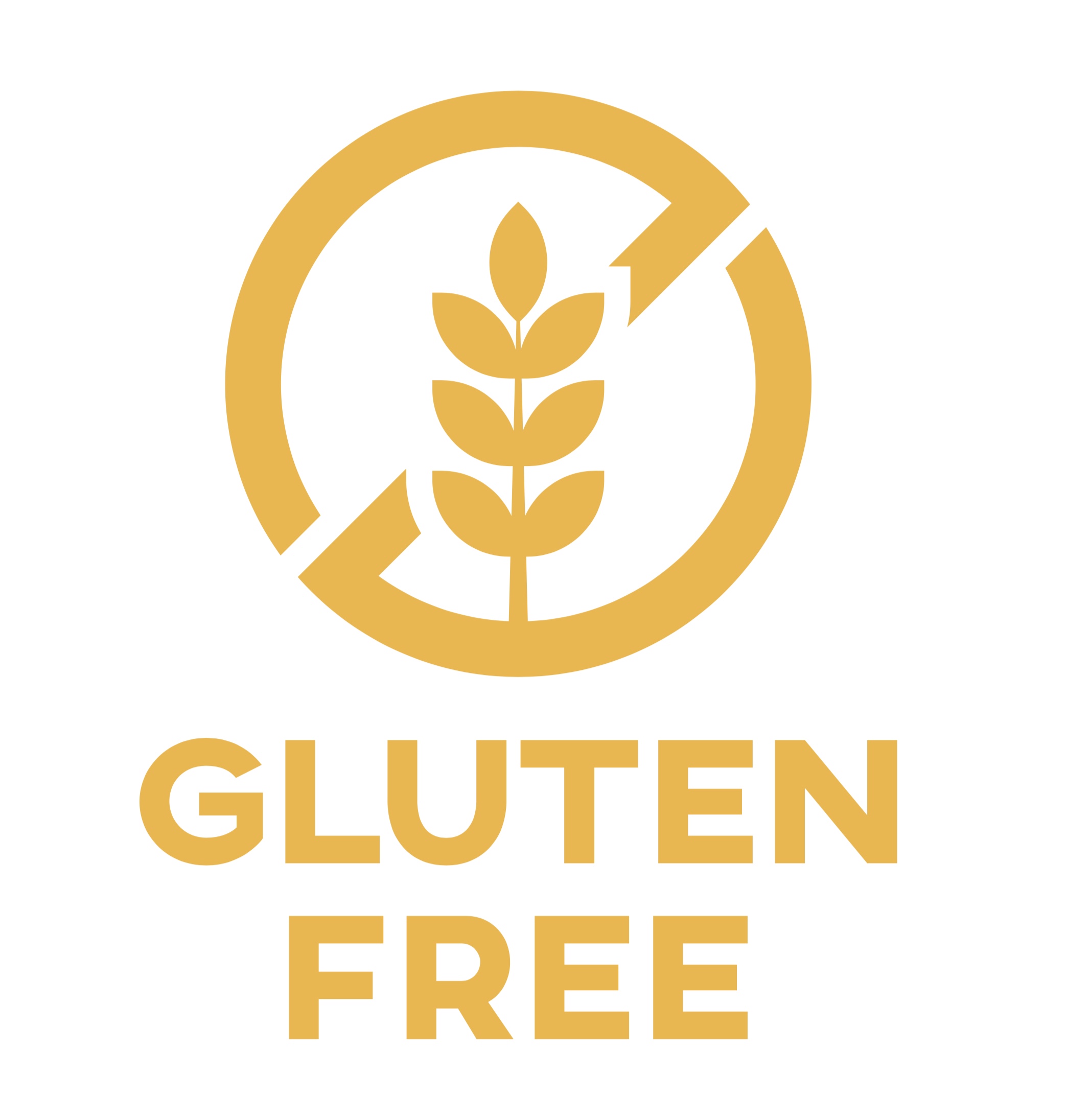
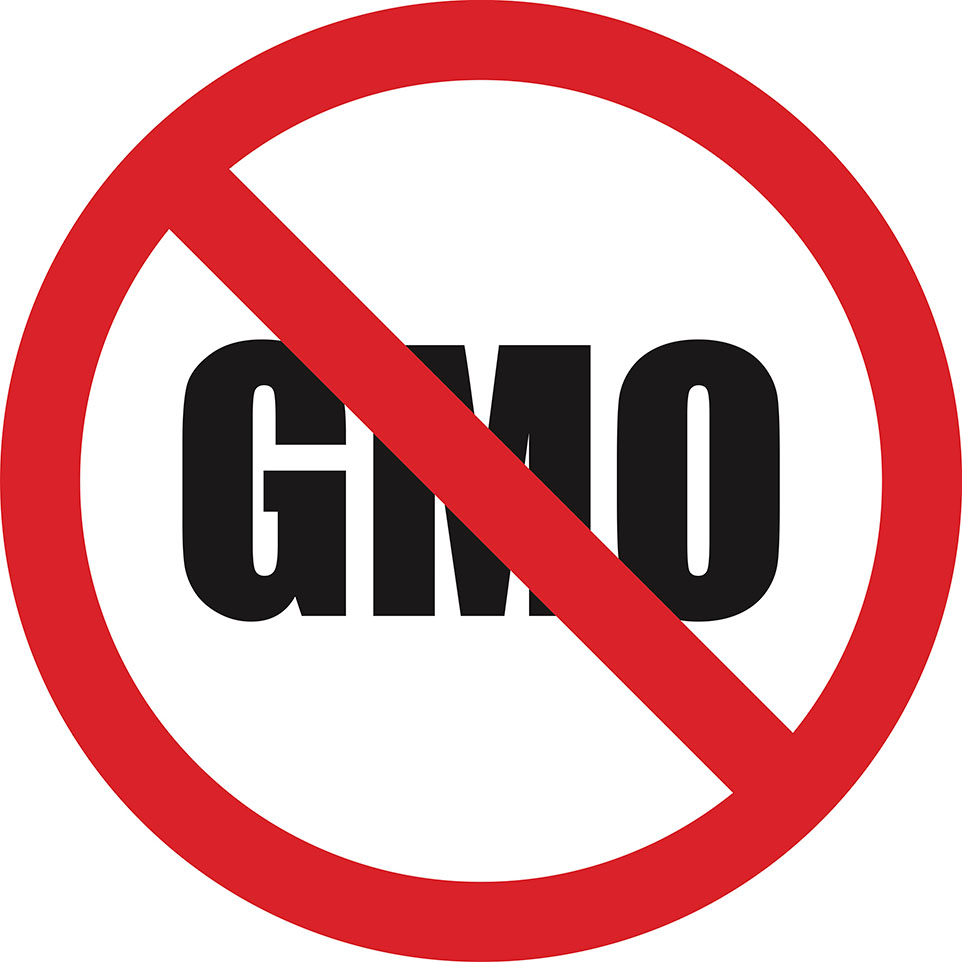
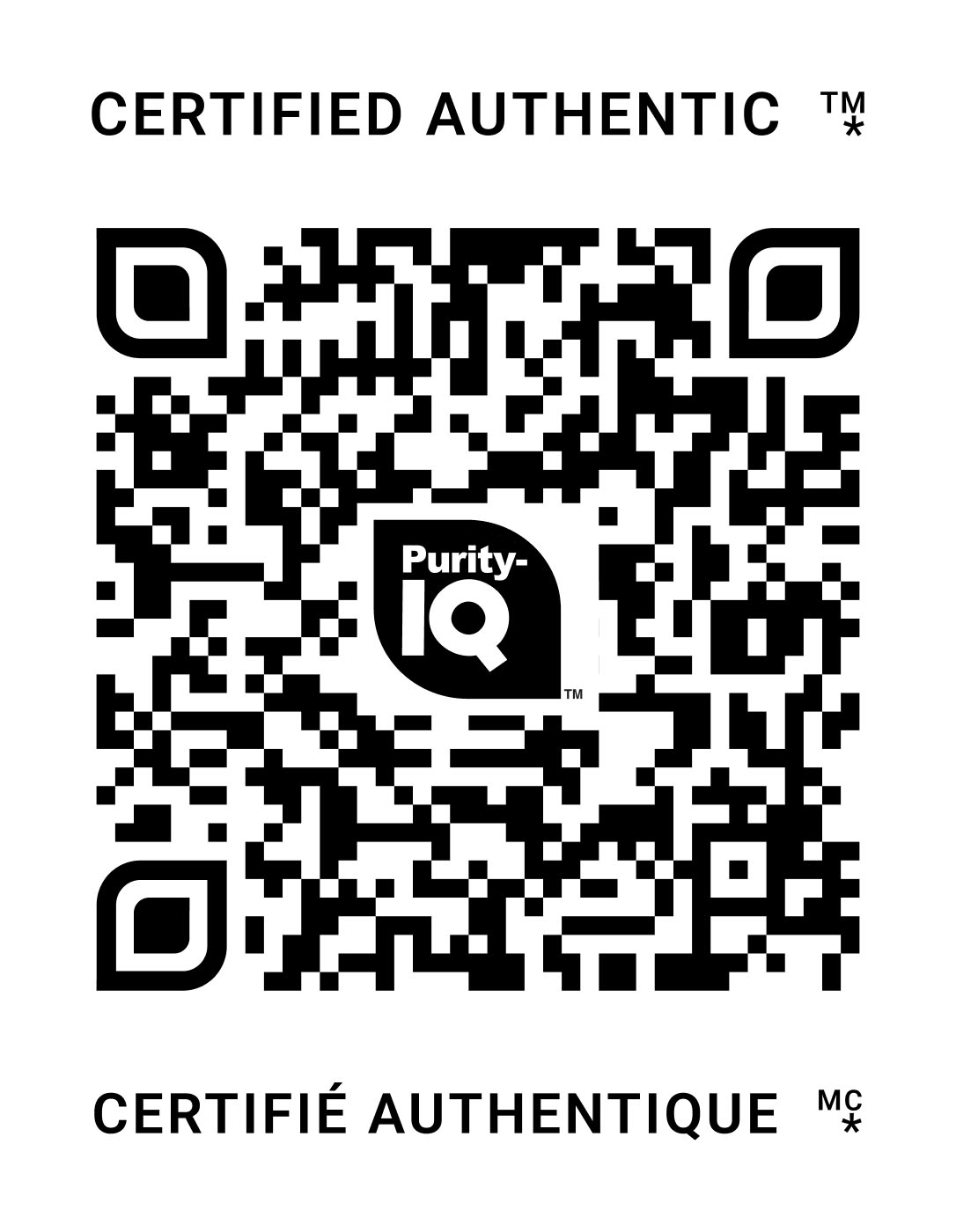
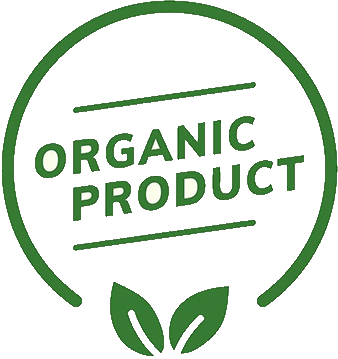
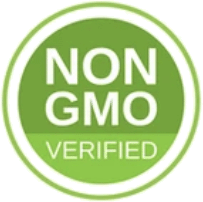
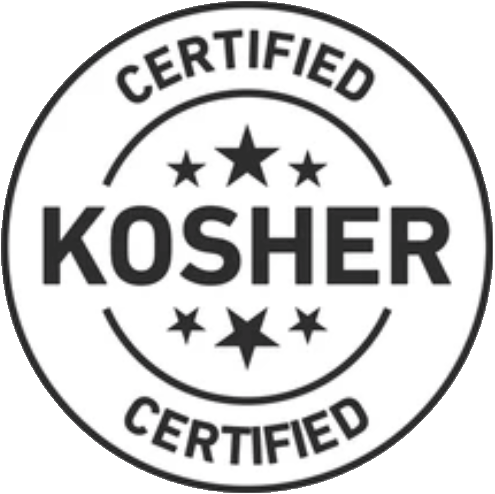
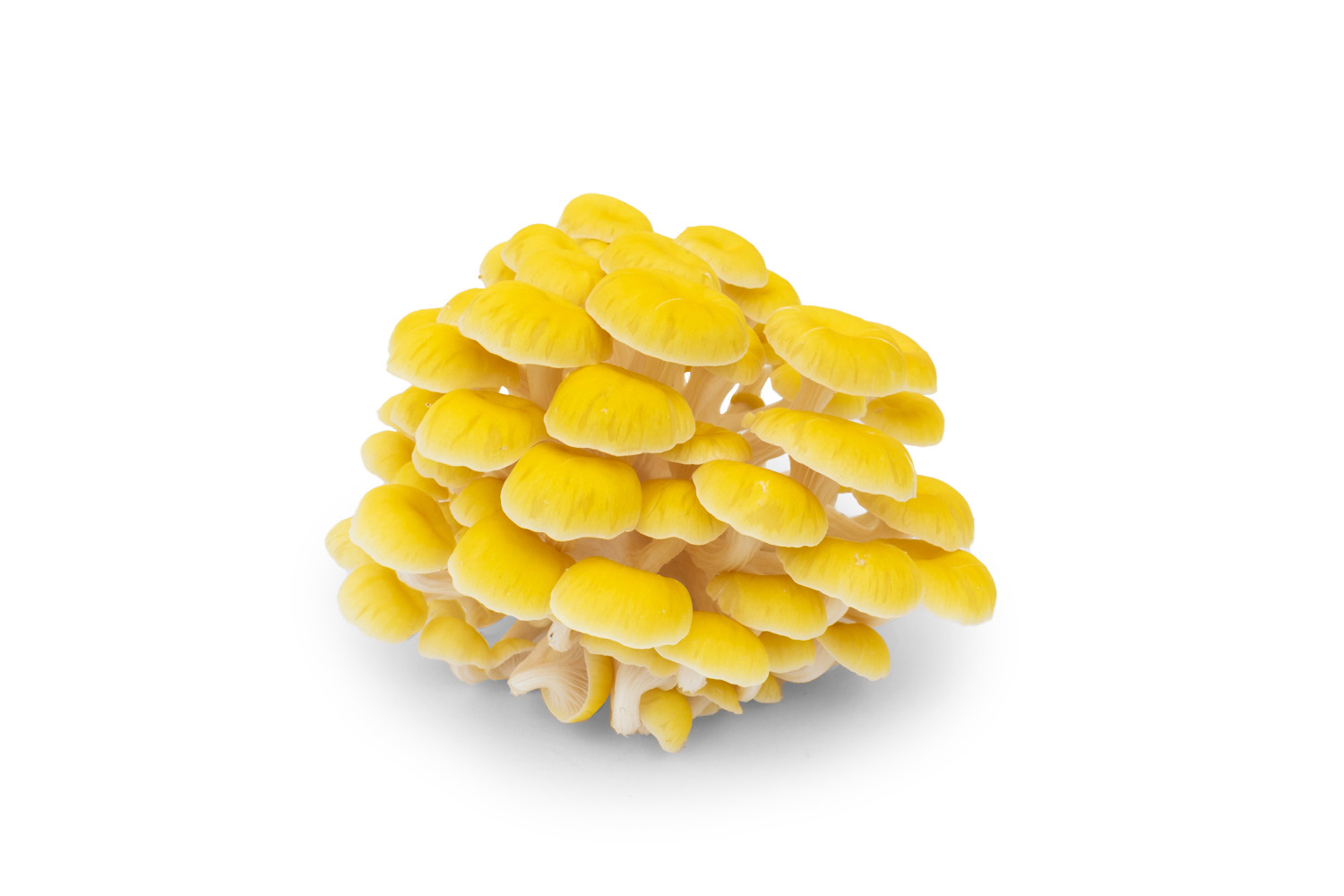
Ergothioneine, also known as Ergo, is similar in structure and function to the essential amino acids and sulfur-based antioxidants such as those found in broccoli and kale. Humans can’t produce Ergothioneine but once we absorb Ergo, our bodies accumulate and retain it. Like other antioxidants and nutrients stored for further specific use against cellular damage, the metabolism of Ergothioneine indicates some important functions; in fact some scientists argue that it should be classified as an “essential nutrient” since it has a distinct and unique transport mechanism into the cell.
It is estimated that 95% of Ergo in the human diet comes from mushrooms (1), whereas smaller amounts are found in various foods like liver, beans, oats, algae and tempeh. Interestingly the moderate amounts in tempeh comes from the fungus, Rhizopus oliqosprous. According to the current research, Porcini mushrooms are the highest source of wild mushrooms while specialty mushrooms like oyster, shiitake, lion’s mane and maitake have considerably high amounts of Ergo. Golden oyster (Pleurotus citrinopileatus) mushrooms specifically have the most Ergothioneine with over 4 mg/g. Estimates of Ergo intake in the USA are around 1.1 mg/day where in places like Italy and presumably Asia, the intake is around 4.6 mg per day (2,3). Japan has one of the highest life expectancies in the world, although not studied, this may be due to the high Ergo containing specialty mushrooms in their diet like shiitake, oyster, maitake and enoki.
Table 1 – Ergothioneine content in wild and cultivated mushrooms (5)
After years of analysis, Nammex identified a Golden Oyster cultivar that produces high levels of Ergothioneine and demonstrates stability. As with other Nammex species, Golden Oyster is grown on an enriched sawdust substrate in natural environmental conditions. At this time, we are cultivating many tons of mushrooms in order to bring this Ergo product to market.
Until now, Ergo could only be found in nutraceuticals sourced from either synthetic derived or purified yeast derived isolates. Nammex Golden Oyster organic extract powder relies on the full complement as it is found in the whole mushroom as a food. This is paired with other therapeutic compounds found in ErgoGold including but not limited to, beta-glucans, ergosterol, insoluble and soluble fiber and metabolites. With some individuals being sensitive to yeast and for others wanting a non-synthetic and natural full spectrum, ErgoGold™ is a perfect match.
Internal analytical testing shows Ergo is absent in myceliated grain products due to the low amount of fungal material and excess amount of grain. Liquid fermentation mycelium can have high amounts of Ergo but this is usually due to enhancement of substrate with amino acid additives. (6)
Beta (1>3),(1>6)-glucans; Ergothioneine
Certified Organic; Kosher; Vegan; Gluten-free; Non-GMO
Additional Resources
Research